Humans are the occupants of society, which is a creation of culture. Humans therefore constantly express their social and cultural identities. The aesthetic practice of building necessary habitations for people is architecture, which always adheres to a set of norms and regulations and has a close relationship with societal culture, values, and behavior. The field of architecture is deeply steeped in culture.
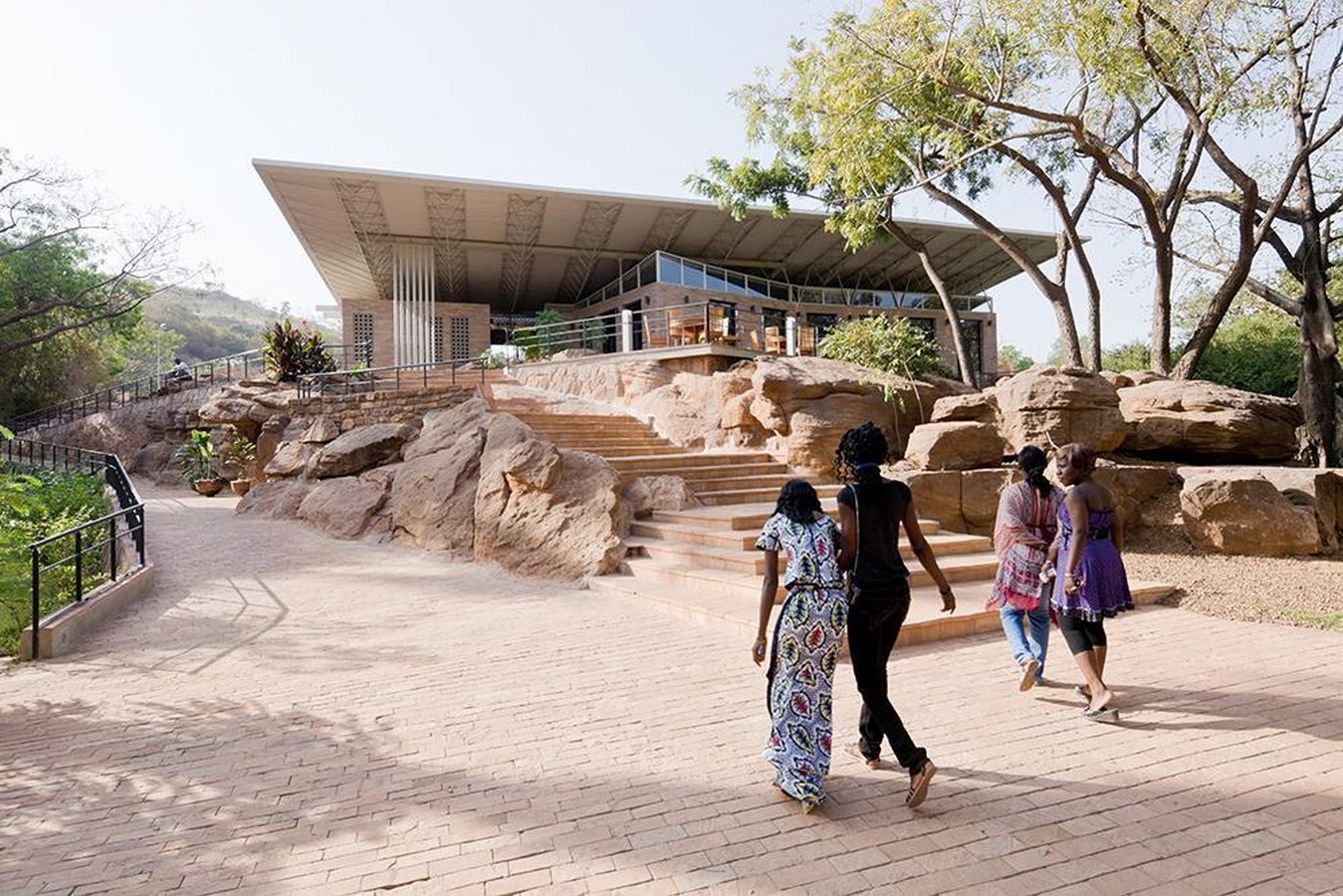
One such instance of architecture that expresses a strong cultural value may be found in Africa, one of the most populous continents. The region’s diversity has resulted in a vast variety of art genres throughout the continent. Similar to this, there are many different architectural styles and methods used in Africa.
Inspiration behind Diverse African Art Forms
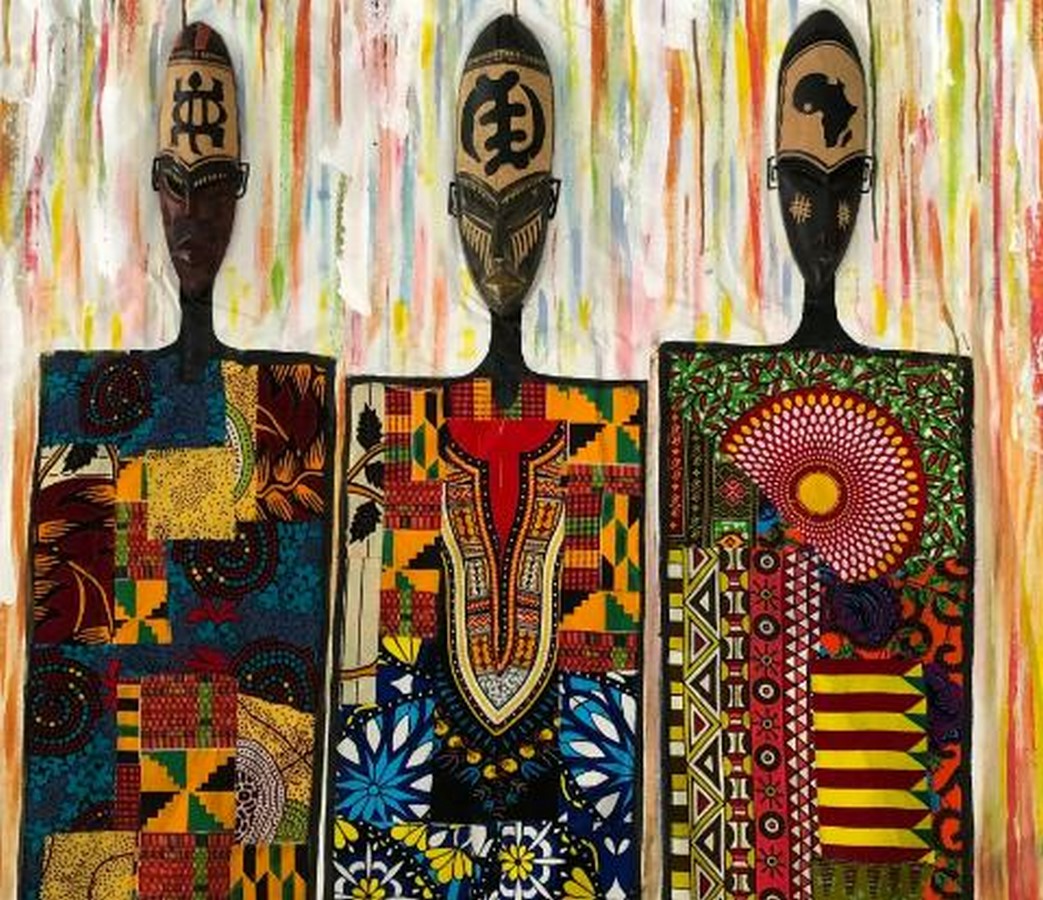
The incorporation of African art into all facets of life, from formal rituals and religious rites to routine household chores, is one of its distinguishing traits. From birth to initiation into adulthood, death, and finally, being an ancestor, art permeates every stage of existence. Art forms can convey different levels of status based on their material composition, quality, and number.
While each culture has its own unique set of religious beliefs and cosmic perspectives, the concept of duality is prevalent among African traditions. Light and dark, male and female, village and bush, physical and metaphysical, hot and cold, order and chaos, hard and soft, good and bad, are all inseparable and deemed equally vital.
The Incorporation of art forms into Architecture
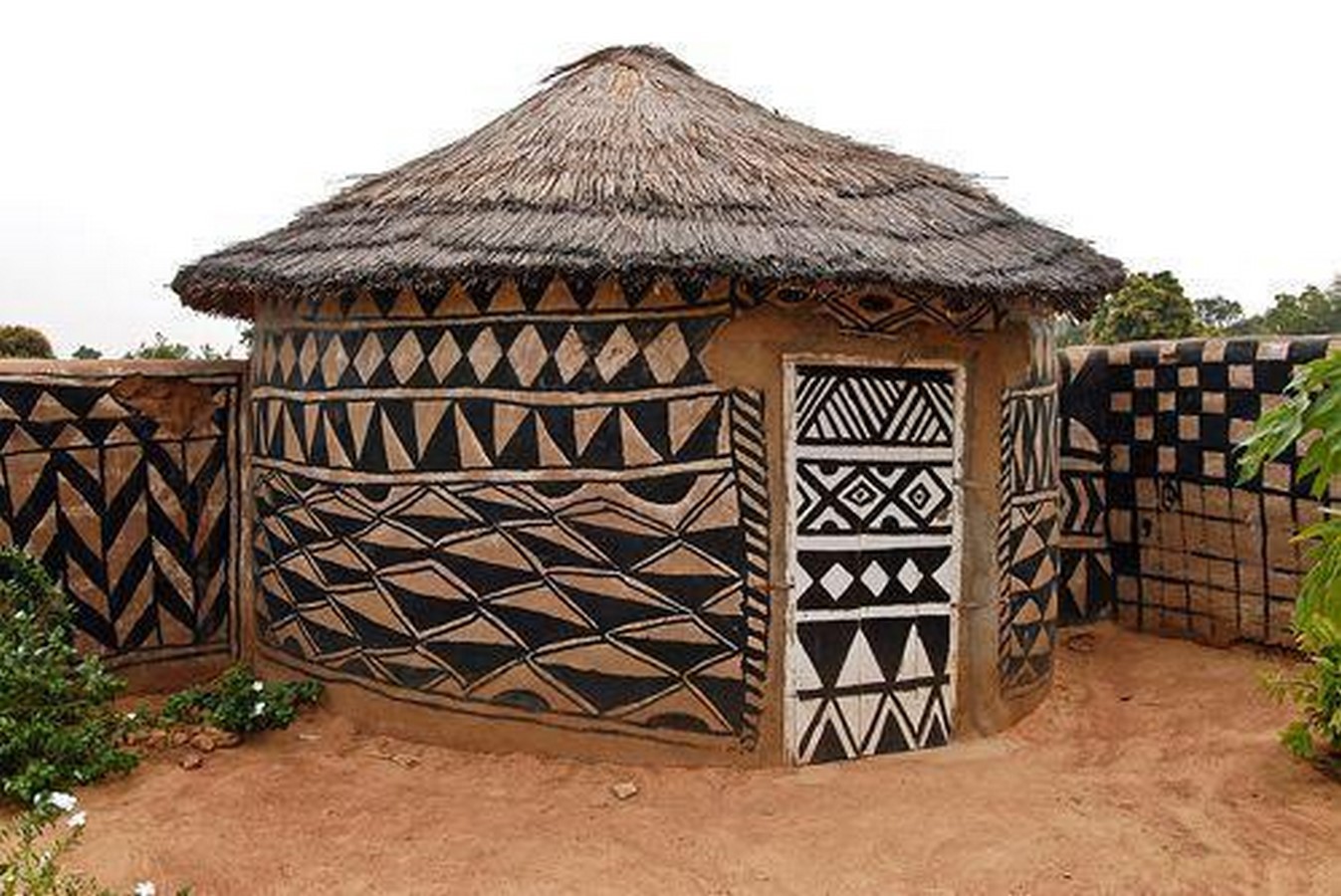
Traditional African architecture and art have long been inseparable, with each inspiring and complementing the other. The aesthetic and functional qualities of African structures have been impacted by indigenous materials and construction techniques such as earthen walls, thatched roofs, and timber structural elements. Traditional architecture has always included art, as indicated by the usage of sculptures, murals, and fabrics in various construction parts.
African vernacular architecture has a wide variety of motifs and styles that vary by place and culture. These designs have great cultural significance throughout Africa and are a reflection of regional groups’ values, customs, and way of life. African vernacular architecture frequently employs intricate and symmetrical designs that foster harmony and continuity.
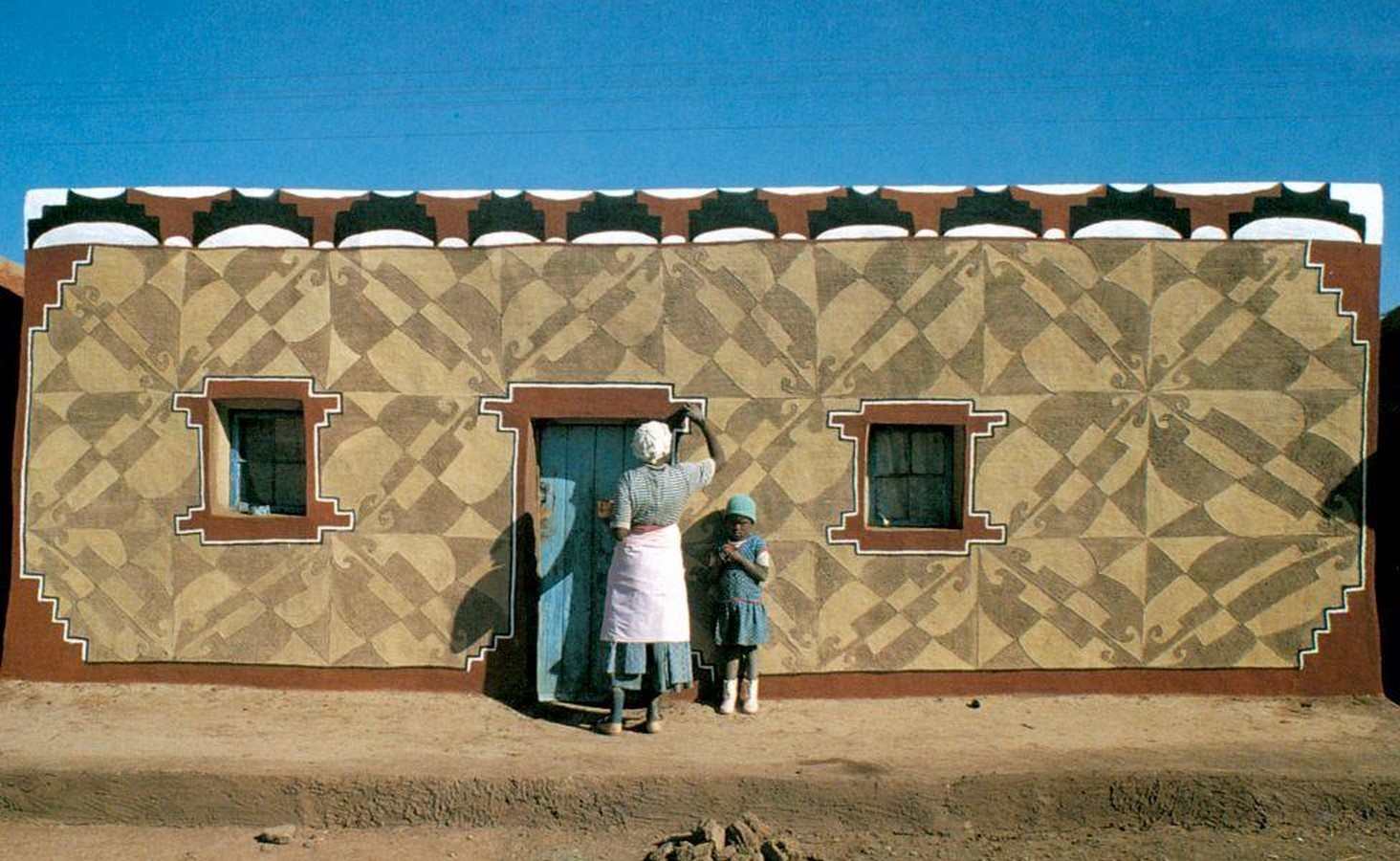
The patterns have changed over time, influencing current art and African culture as a whole, as well as architecture. To symbolize growth and wealth, they draw inspiration from natural components such as plants, animals, and geometric patterns. Symbolism pervades African tribal art, particularly sculpture. Religious symbols, deities, and ancestral Image s are commonly used to guard houses and the people who inhabit them.
The Significance of Color in Art and Architecture
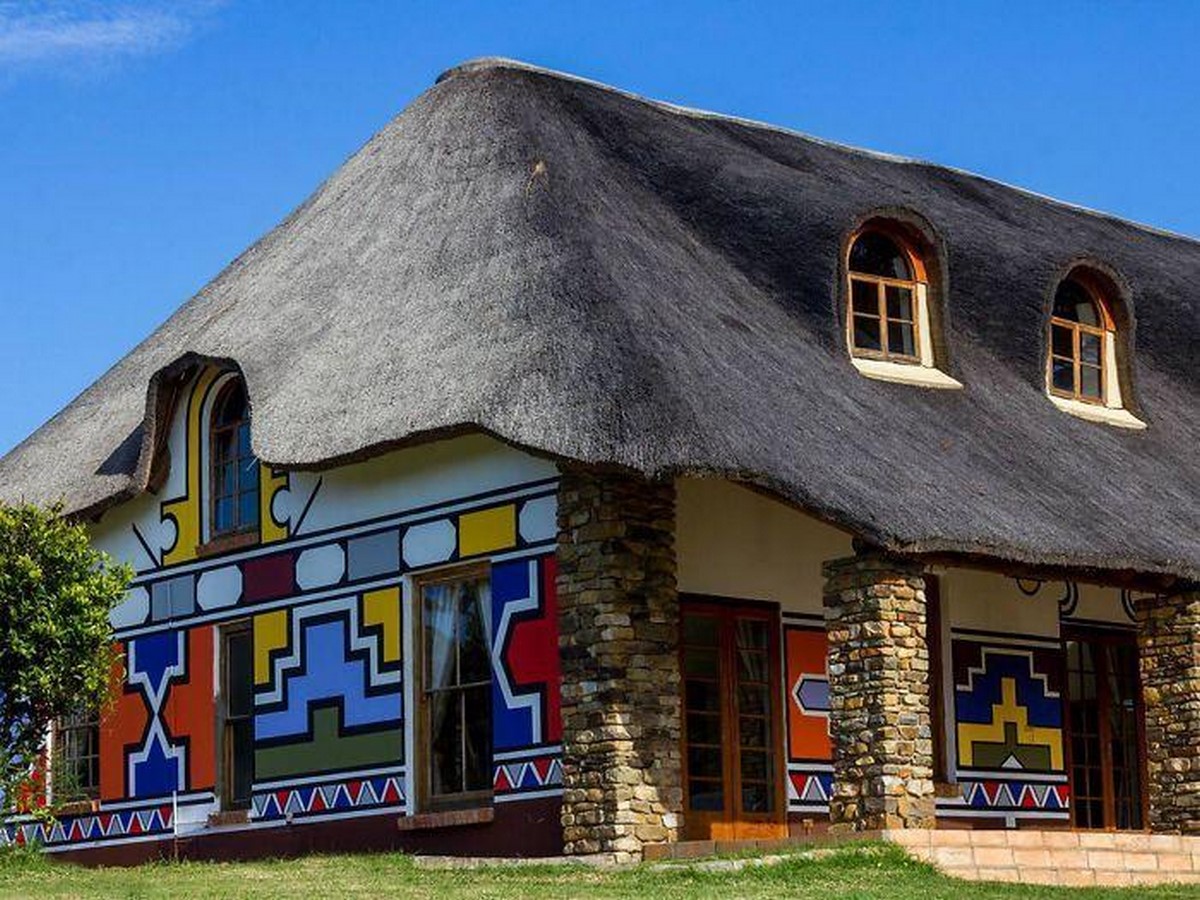
The cultures of African societies are closely related to color. Various societies embrace vibrant colors that are vivid, expressive, and joyous, from fabrics to clothing, objects, sculptures, and architecture. Colors are welcomed as an informal language, a palette for narrative, and a sense of cultural identity through various tints, colors, contrasts, themes, and ornamentations. Although the use of color in African communities may appear beautiful on the surface, it is immensely meaningful and has an extended history.
Color has been infused into ethnic communities’ dwellings through ornaments and motifs, conveyed through religious and cultural patterns, used on facades to tell familial history, and constructed labyrinths of communal architecture that not only embrace color but also explore its ethnic meaning.
Traditional African architecture, which is practiced by numerous African tribes and has its own particular meanings and beliefs, The Ndebele tribe practicing the art form in their house is a prime example of this. These expressive symbols were a means of intergroup communication for the Ndebele tribe. They represented their continued existence and cultural resilience in the face of adversity. These murals created by the women served as a code for their community. The women painted the tonal designs using their fingers. The house’s original color was limestone whitewash. The majority of the colors used in the paintings, including browns, blacks, and other hues, were natural pigments.
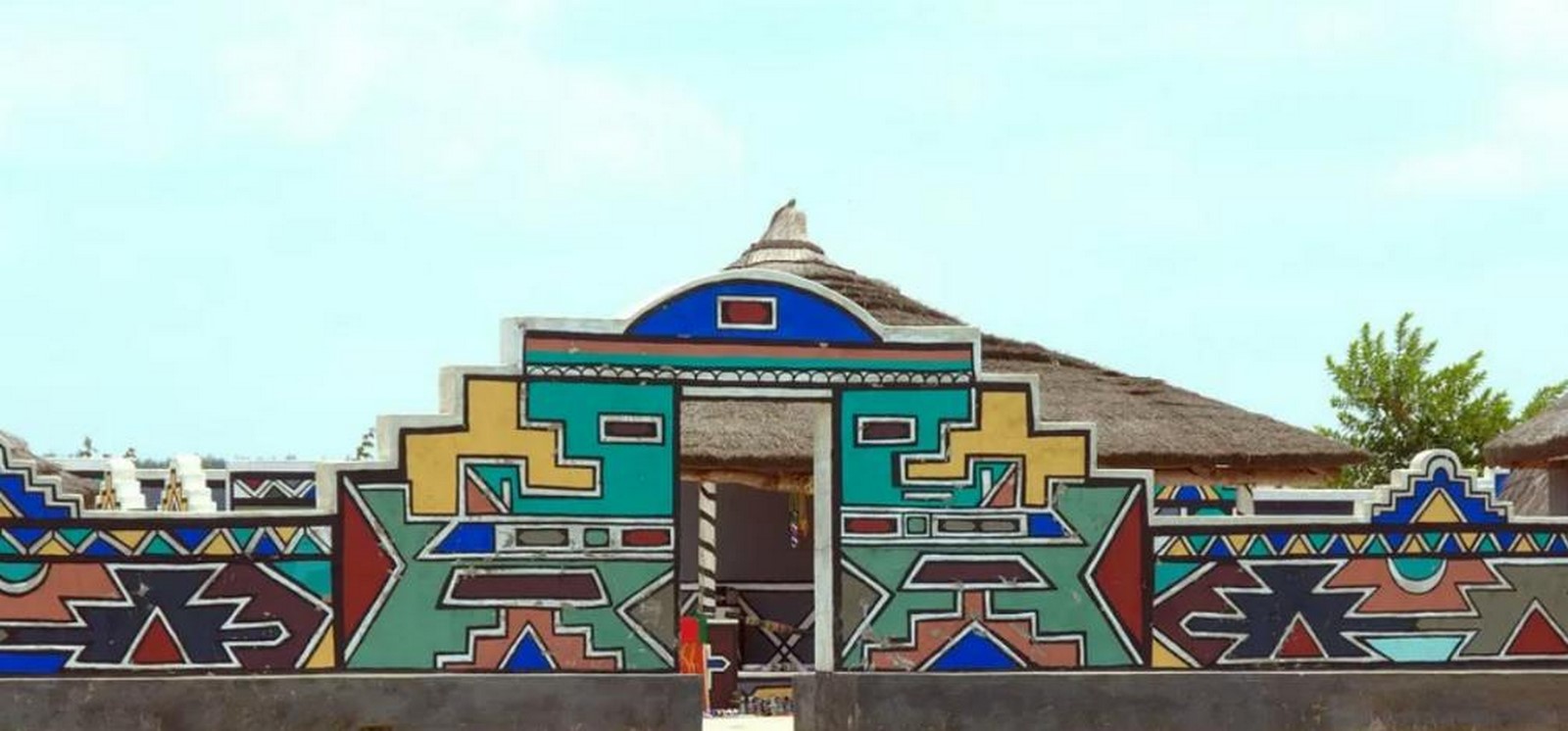
Contemporary African Architecture: An Inspiration
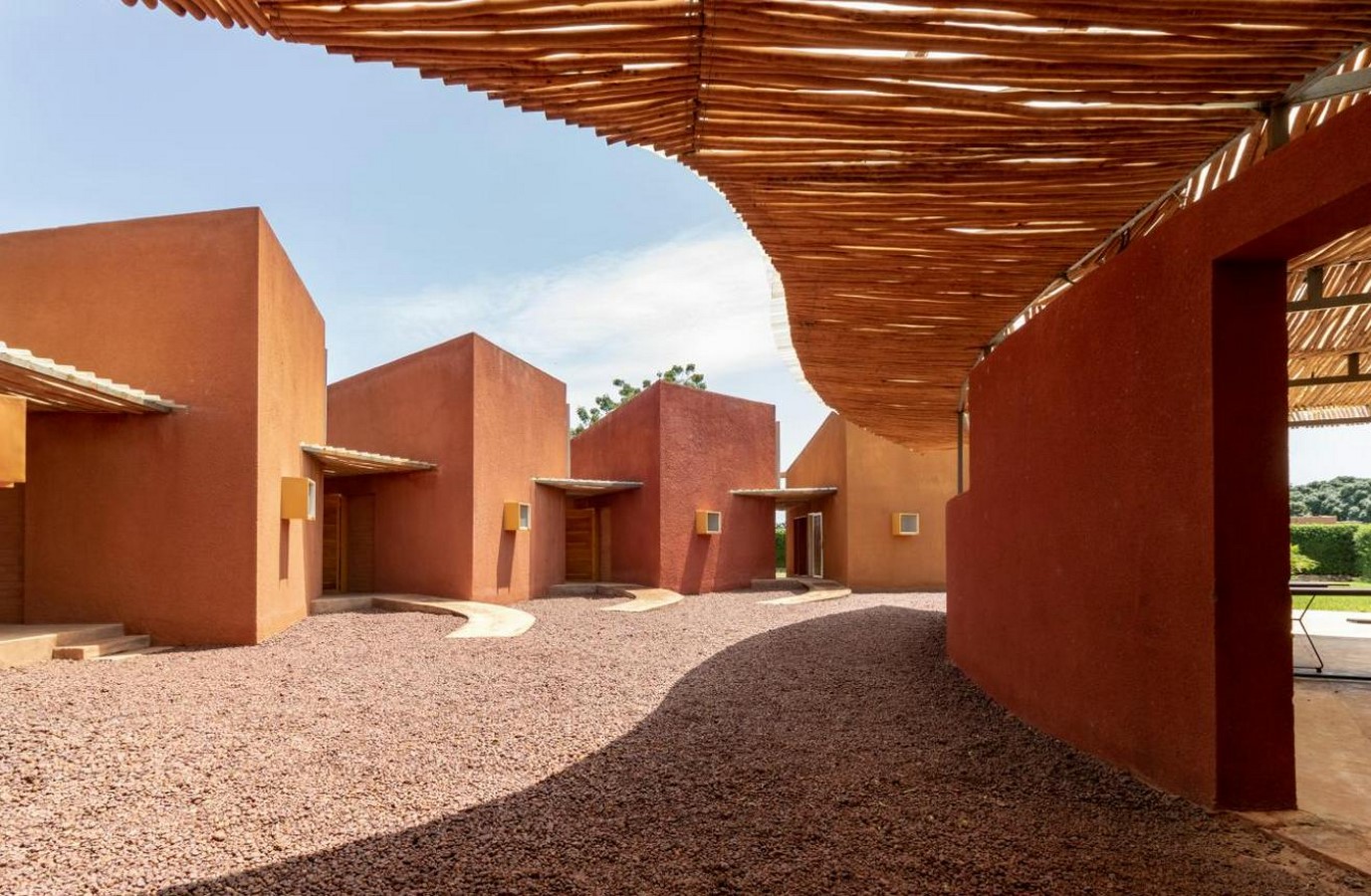
Contemporary African architecture is distinguished by its dedication to sustainable planning, with many architects working to develop structures that are both green and energy-efficient. For instance, green buildings contain elements like solar panels, rainwater harvesting systems, and natural ventilation to lessen their environmental impact. The accessibility of regional materials has always had an impact on African architectural design.
As architects attempt to rehabilitate historical monuments and reuse colonial structures, adaptive reuse and preservation are also important facets of contemporary African architecture. This method shows the possibilities for innovation in a conventional setting while also preserving priceless historical treasures and bridging the gap between the past and the present. Earth, wood and stone have long been used to create houses, with sustainable building methods like wattle-and-daub construction and mud-brick construction becoming increasingly popular.
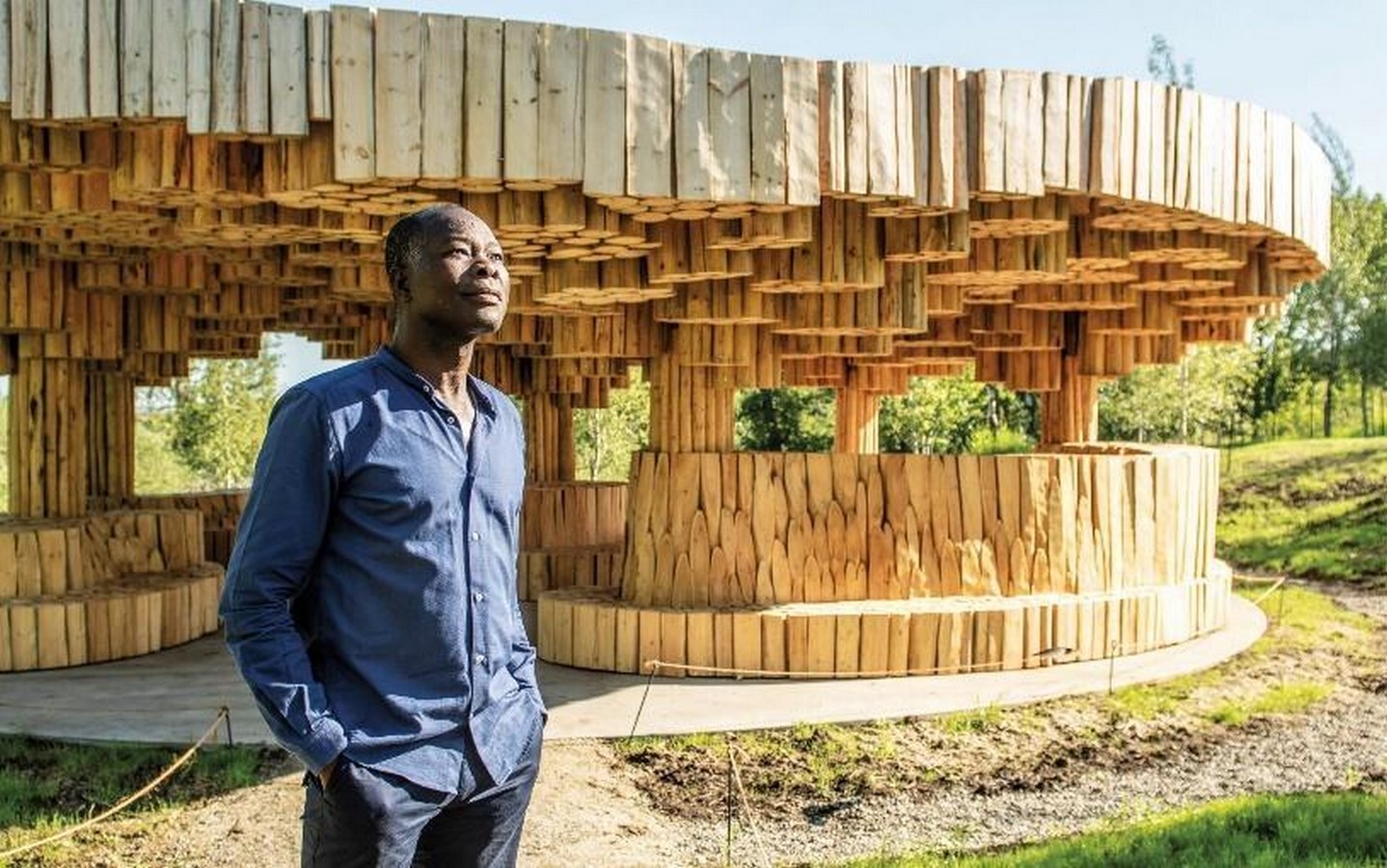
Francis Kéré, the first black architect to ever win the Pritzker Award and an inspiration to communities around the world, primarily works in areas with little access to resources and hardship, using local resources to build modern structures whose value extends beyond the actual construction work and secures the future of entire communities.
African architects and artists are now better able to have a substantial impact on international architectural and design trends thanks to the rising popularity of modern African architecture and art. These artists are contributing to the worldwide conversation on inclusiveness, cultural diversity, and sustainable development by promoting African cultural heritage and values.

Contemporary African architecture plays an integral role in conserving cultural identity, ensuring that the distinctive features of traditional design are not lost in the face of globalization. Furthermore, by advocating for environmentally and socially responsible practices, contemporary African architecture helps to build more resilient and diverse societies.
References:
Koirala, S. (2021) ‘Cultural context in architecture’, International Journal of Architecture and Planning, 1(2), p. 23. doi:10.51483/ijarp.1.2.2021.23-27.
MoMAA, E. (2023) The rise of contemporary African architecture: Blending tradition and Innovation, MoMAA. Available at: https://momaa.org/the-rise-of-contemporary-african-architecture-blending-tradition-and-innovation/ (Accessed: 24 September 2023).
UMFA | The Utah Museum of Fine Arts. Available at: https://umfa.utah.edu/sites/default/files/2017-10/African-Art-2.pdf (Accessed: 24 September 2023).
Yakubu, P. (2023) Motifs and ornamentations: Inspirations behind the colors of African Traditional Architecture, ArchDaily. Available at: https://www.archdaily.com/1005269/motifs-and-ornamentations-inspirations-behind-the-colors-of-africa-traditional-architecture (Accessed: 24 September 2023).




















